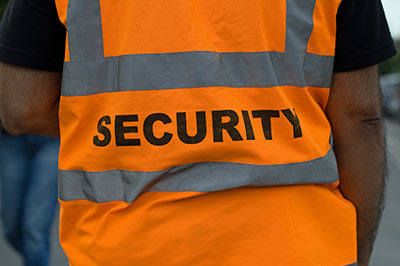Lackney, 2007. The intent of this document is to provide a framework of educational design principles from which educators and design professionals can structure the content of their educational facility development process, from the earliest strategic and educational planning stages right through to design, construction, occupancy and facility management.
Category: Reports
Safe Youth. Safe Schools.
CDC. Keep children safe. While our nation's schools are expected to be and usually are safe havens for learning, unintentional injuries and even violence can occur, disrupting the educational process and negatively affecting the school and surrounding community.
Safe Glass for Schools
SaftiFirst. Since 2000, the trend has been toward ever increasing use of glass in school design because of the positive benefits it brings, including increased collaboration, better student performance and energy savings. And, strategic use of safety and protective glazing helps improve school security.
Six months after Sandy Hook shootings, schools seek secure redesigns
Paul Caron, 2013. Designing schools for safety is a major concern around our nation.
Color Sense: Discussion of Color
(Johnson & Maki, 2009). The results of this study showed that color in a classroom can reduce off-task behavior and anxiety, as well as positively affect perceptions of learning and sense of well-being. When the test group was observed after the classroom had been painted, it was striking to see how much more attentive the students were. The lighting in the classroom was not changed, but once the walls were painted, shadows and glare appeared to decrease, which likely helped students focus. In terms of impact on actual learning, although there was not a large difference in exam grades between the two groups before and after painting, the test group at least did not falter as much with regard to quiz scores.
WHY SCHOOL FACILITIES MATTER And What We Can Do to Fix the Disparities
(Derlikowski, 2013). The quality of school facilities can have a major impact on the education that our children receive and whether they succeed in school. Research, court decisions, and states have long recognized tht disparities in access to basic school facilities can lead to differences in educational outcomes, especially for low-income students. This brief makes the case that state funding for school facilities should be increased to meet the needs of all districts. The official standard, that facilities need only be warm, safe, and dry, is not good enough.
Historical Renovations: Old Buildings, New Life
(Shroades, 2006). For many reasons, institutional and commercial organizations treasure their historic buildings. The buildings educate people about history, help organizations create an image in their communities, and, most often, feature beautiful architecture.
Results of the National Campus Safety and Security Project Survey
Campus Safety and Security Project. Review of the important aspects of Campus Safety and Security.
Fire-Safety Challenges Facing College Campuses – A Facilities-Management Point of View
Alipour-fard, (2007). Several years ago, a speaker at a conference predicted that, in a lifetime, the lion's share of college education would be transferred to distance learning programs, and the physical size of brick-and-mortar campuses would be reduced substantially. While distance learning has progressed since then, the capability of brick-and-mortar campuses as the primary venue of higher education remains, for now, unchallenged. Nationwide, campus physical plants continue to grow with the addition of new laboratories, dormitories, classrooms, stadiums and many other types of buildings.
Comprehensive School Safety Initiative: Dear Colleague Letter
National Institute of Justice, (2014). This is a letter on school safety and what each school official can do to insure the highest level possible in his or her building.










